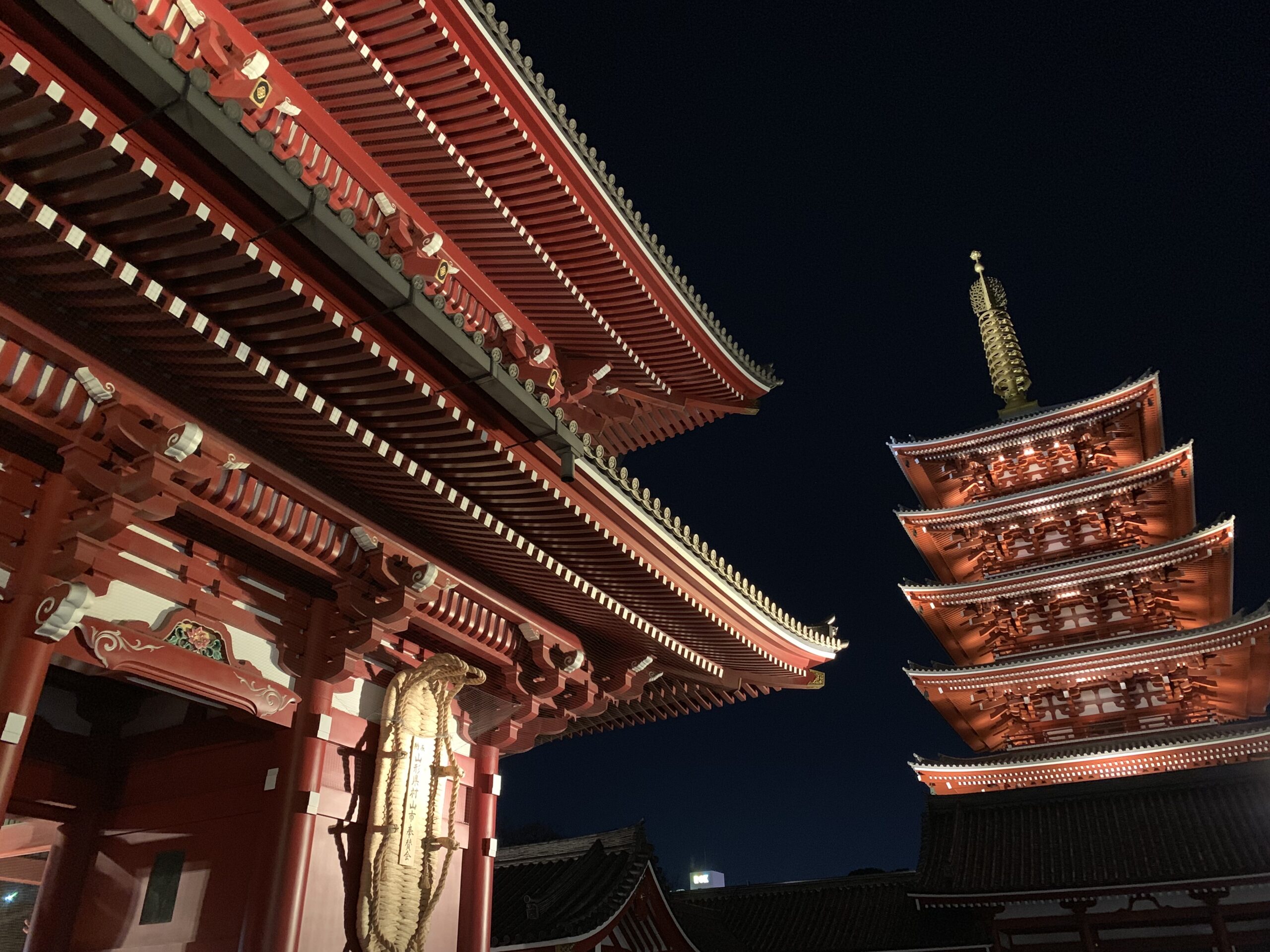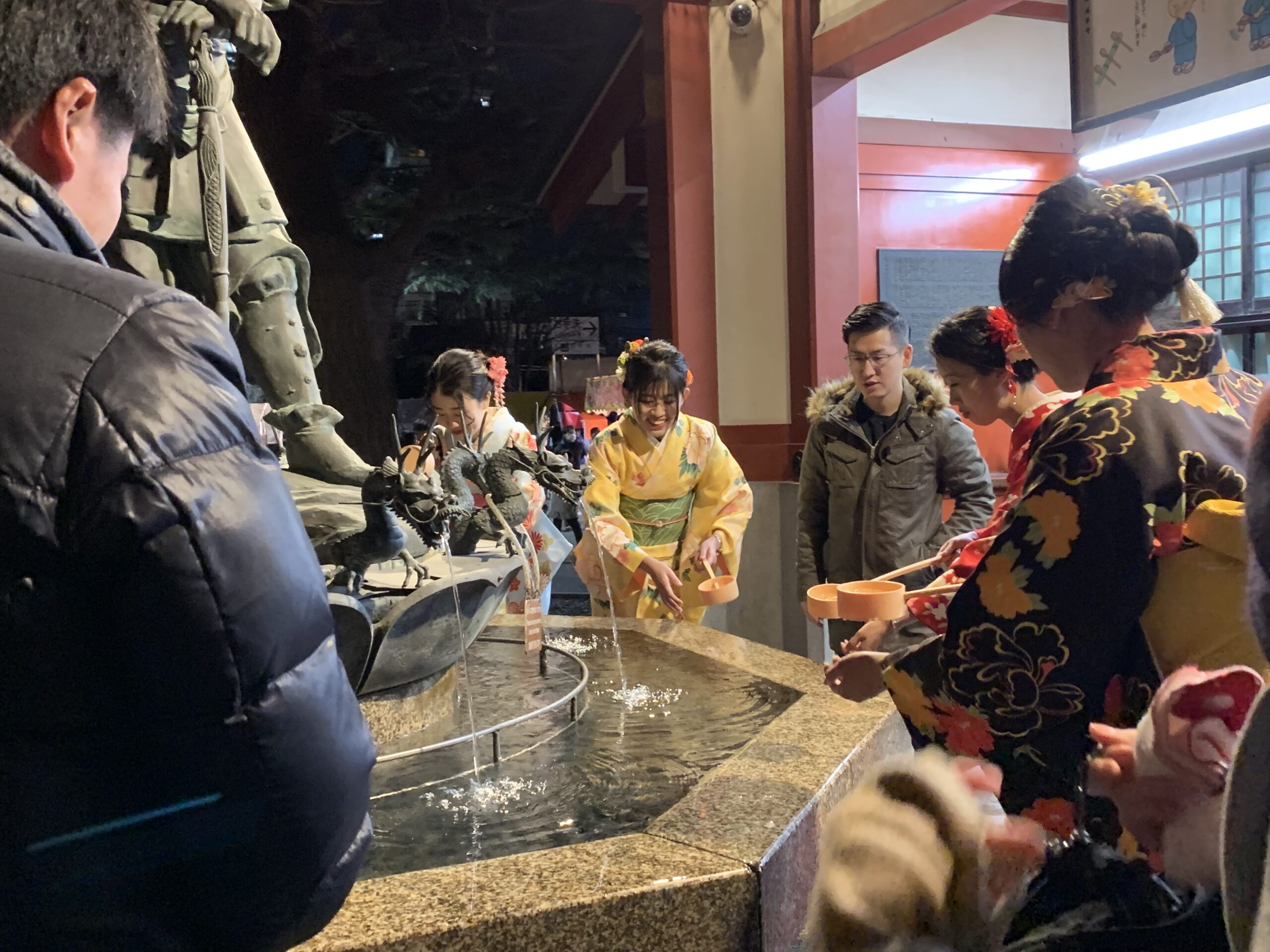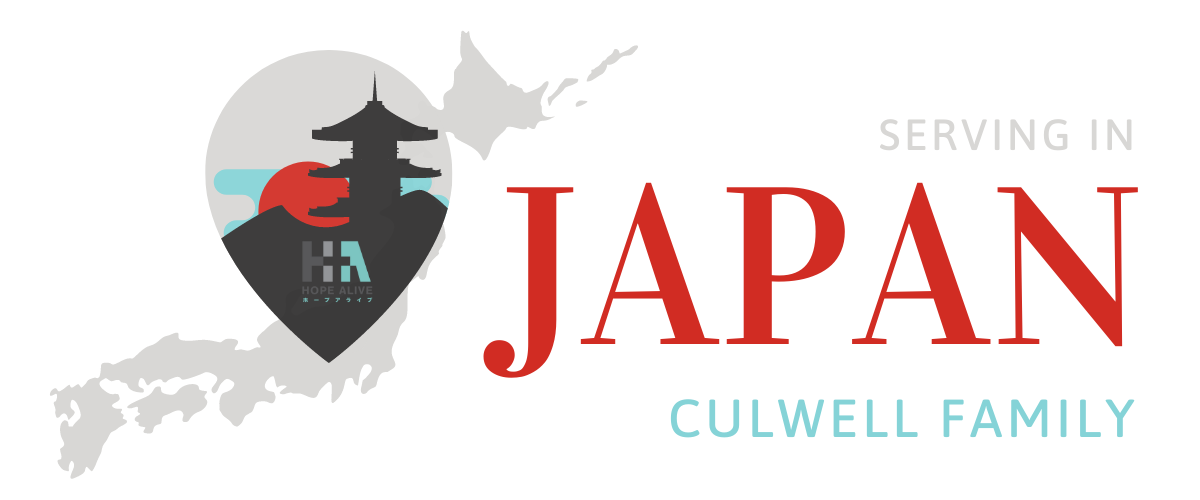Japan's Empty Religions
Shinto and Buddhism are Japan’s two major religions.Shinto and Buddhism are Japan’s two major religions. Shinto is as old as the Japanese culture, while Buddhism was imported from the mainland in the 6th century. Since then, the two religions have been co-existing relatively harmoniously and have even complemented each other to a certain degree. Most Japanese consider themselves Buddhist, Shintoist or both.
Religion does not play a big role in the everyday life of most Japanese people today. The average person typically follows the religious rituals at ceremonies like birth, weddings and funerals, may visit a shrine or temple on New Year and participates at local festivals (matsuri), most of which have a religious background.

Buddhism originated in India in the 6th century BC. It consists of the teachings of the Buddha, Gautama Siddhartha. Of the main branches of Buddhism, it is the Mahayana or “Greater Vehicle” Buddhism which found its way to Japan.

Shinto (“the way of the gods”) is the indigenous faith of the Japanese people and as old as Japan itself. It remains Japan’s major religion
Shinto does not have a founder nor does it have sacred scriptures like the sutras or the Bible. Propaganda and preaching are not common either, because Shinto is deeply rooted in the Japanese people and traditions.
“Shinto gods” are called kami. They are sacred spirits which take the form of things and concepts important to life, such as wind, rain, mountains, trees, rivers and fertility. Humans become kami after they die and are revered by their families as ancestral kami. The kami of extraordinary people are even enshrined at some shrines. The Sun Goddess Amaterasu is considered Shinto’s most important kami.
People seek support from Shinto by praying at a home altar or by visiting shrines. A whole range of talismans are available at shrines for traffic safety, good health, success in business, safe childbirth, good exam performance and more.
https://www.japan-guide.com/e/e2056.html
